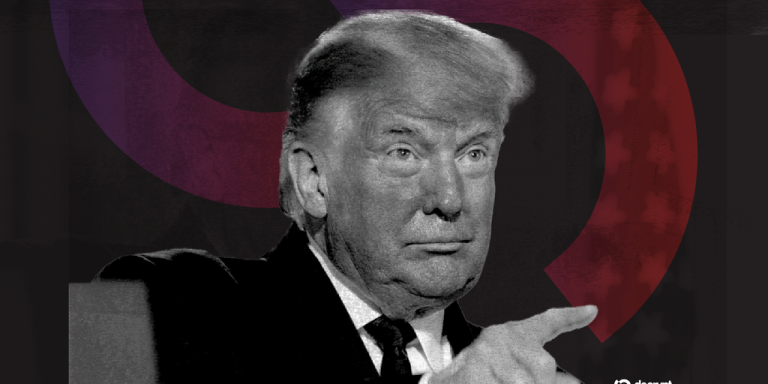
Mindfulness Practices for Stress Relief
Mindfulness practices have been shown to be effective in reducing stress and anxiety. By incorporating mindfulness into your daily routine, you can improve your overall well-being and quality of life. In this article, we will explore the benefits of mindfulness practices for stress relief and provide simple techniques to get you started.
What is Mindfulness?
Mindfulness is the practice of being present in the moment, paying attention to your thoughts, feelings, and sensations without judgment. It involves cultivating awareness of your thoughts, emotions, and physical sensations, and accepting them as they are. Mindfulness is not about achieving a specific state or stopping your thoughts completely, but rather about developing a non-judgmental awareness of your experiences.
Benefits of Mindfulness for Stress Relief
Regular mindfulness practice has been shown to have numerous benefits for stress relief, including:
- Reduced stress and anxiety
- Improved mood and emotional well-being
- Enhanced cognitive function and focus
- Improved sleep quality
- Increased self-awareness and self-acceptance
Mindfulness Practices for Stress Relief
Here are some simple mindfulness practices you can try to reduce stress and anxiety:
- Meditation: Sit comfortably, close your eyes, and focus on your breath. When your mind wanders, gently bring it back to your breath without judgment.
- Deep Breathing: Take slow, deep breaths, focusing on the sensation of the breath moving in and out of the body.
- Body Scan: Lie down or sit comfortably, and bring your attention to different parts of the body, starting from the toes and moving up to the head, noticing any sensations, feelings, or thoughts without judgment.
- Yoga: Practice yoga postures, focusing on the breath and the sensations in the body, and cultivating awareness and acceptance of the present moment.
- Mindful Walking: Pay attention to your walking, noticing the sensation of your feet touching the ground, the movement of your legs, and the rhythm of your breath.
Getting Started with Mindfulness
Starting a mindfulness practice can be simple and easy. Here are some tips to get you started:
- Start small: Begin with short periods of mindfulness practice, such as 5-10 minutes, and gradually increase as you become more comfortable with the practice.
- Find a quiet space: Identify a quiet and comfortable space where you can practice mindfulness without distractions.
- Use guided recordings: Listen to guided mindfulness recordings to help you get started and stay on track.
- Make it a habit: Incorporate mindfulness into your daily routine, such as right after waking up or before bed.
Conclusion
Mindfulness practices offer a powerful tool for stress relief and overall well-being. By incorporating mindfulness into your daily routine, you can reduce stress and anxiety, improve your mood and emotional well-being, and enhance your cognitive function and focus. Remember, mindfulness is a journey, and the most important thing is to be patient, kind, and compassionate with yourself as you cultivate this powerful practice.





